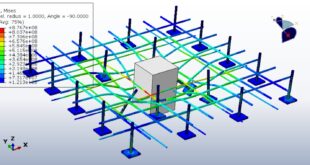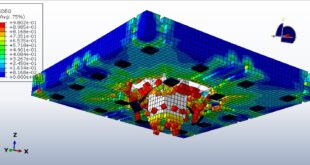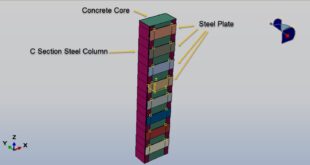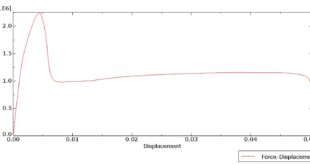Introduction to Cyclic Loading Analysis of a Cracked Concrete Column Reinforced with GFRP Bars in Abaqus
Cyclic loading analysis of damaged concrete columns reinforced with Glass Fiber-Reinforced Polymer (GFRP) bars is an important simulation for evaluating seismic performance and rehabilitation strategies. This analysis helps engineers understand how cracked concrete structures with non-corrosive GFRP reinforcement behave under repeated loading-unloading cycles typical of earthquake conditions
In this tutorial, to model a cracked concrete column, the Concrete Damaged Plasticity model is used. The strength of the concrete, because of the initial damage and crack,s is less than the intact one. You can see a figure of the assembled parts below
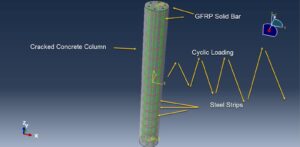
Key Components of the Analysis
Material Modeling
Concrete: Requires a plastic damage model that accounts for
Cracking behavior (tension softening)
Crushing behavior (compressive hardening/softening)
Stiffness degradation under cyclic loads
Damage parameters for unloading/reloading paths
GFRP Reinforcement
Linear elastic behavior until failure (no yielding)
Orthotropic material properties
Different tensile/compressive strengths
Bond-slip behavior at the concrete interface
Cyclic Loading Effects
Strength and stiffness degradation with each cycle
Pinching effect (reduced energy dissipation due to crack opening/closing)
Accumulated plastic strains in concrete
Applications & Importance
This analysis is critical for
Seismic retrofitting of damaged concrete columns
Durability assessment in corrosive environments
Design optimization of GFRP-reinforced structures
Cyclic loading analysis of cracked concrete columns with GFRP reinforcement in Abaqus provides insights into post-damage behavior, energy dissipation, and failure mechanisms. Proper modeling of material nonlinearities, bond-slip, and cyclic degradation is essential for accurate simulations.
This approach helps engineers design safer, more resilient structures, particularly in earthquake-prone regions where GFRP reinforcement is a sustainable alternative to steel
After the simulation, all results such as stress, strain, tension, and compression damage, Hysteresis diagram, and … are available. You can see some figures of the results below

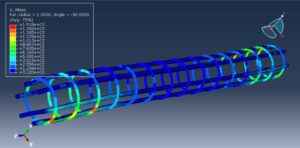
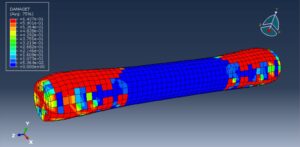
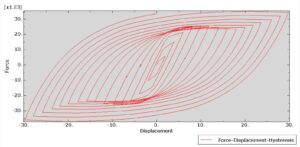
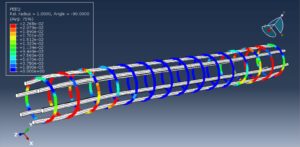
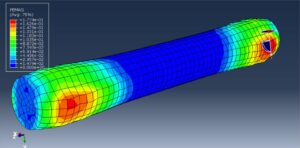
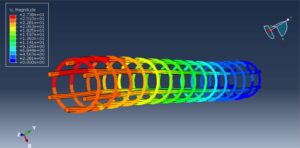
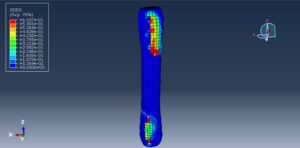
You can provide this simulation’s CAE, INP, and English video files here. The price of these files is Twenty-Six Euros. You can click on the button below to begin the process
Our Payment methods are: Tether, Bitcoin, TRX, PayPal, Visa, or Mastercard. Just before payment, send us an email to this address: abaqusfem.com@gmail.com
 Abaqus tutorials Abaqus tutorials
Abaqus tutorials Abaqus tutorials
